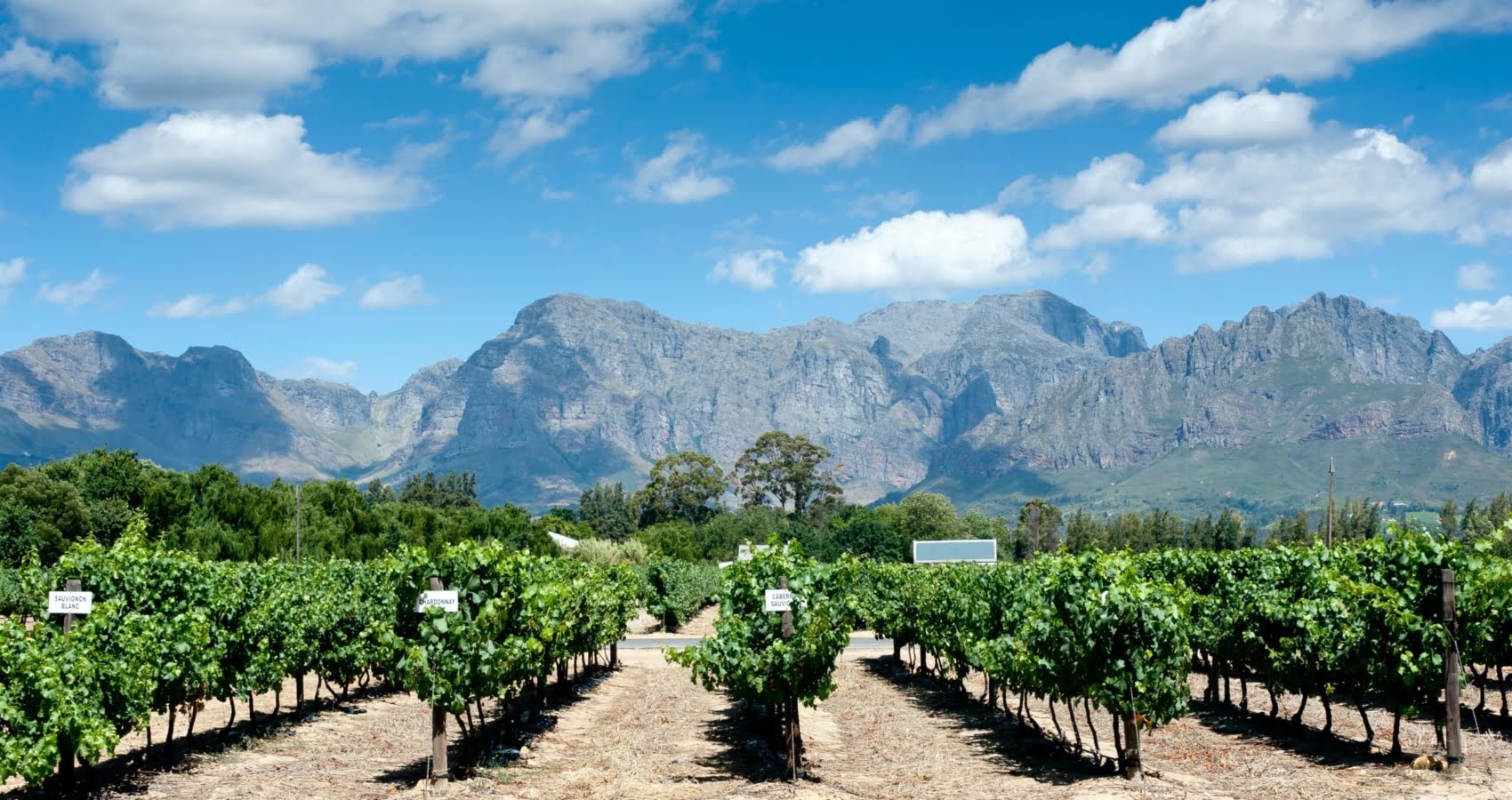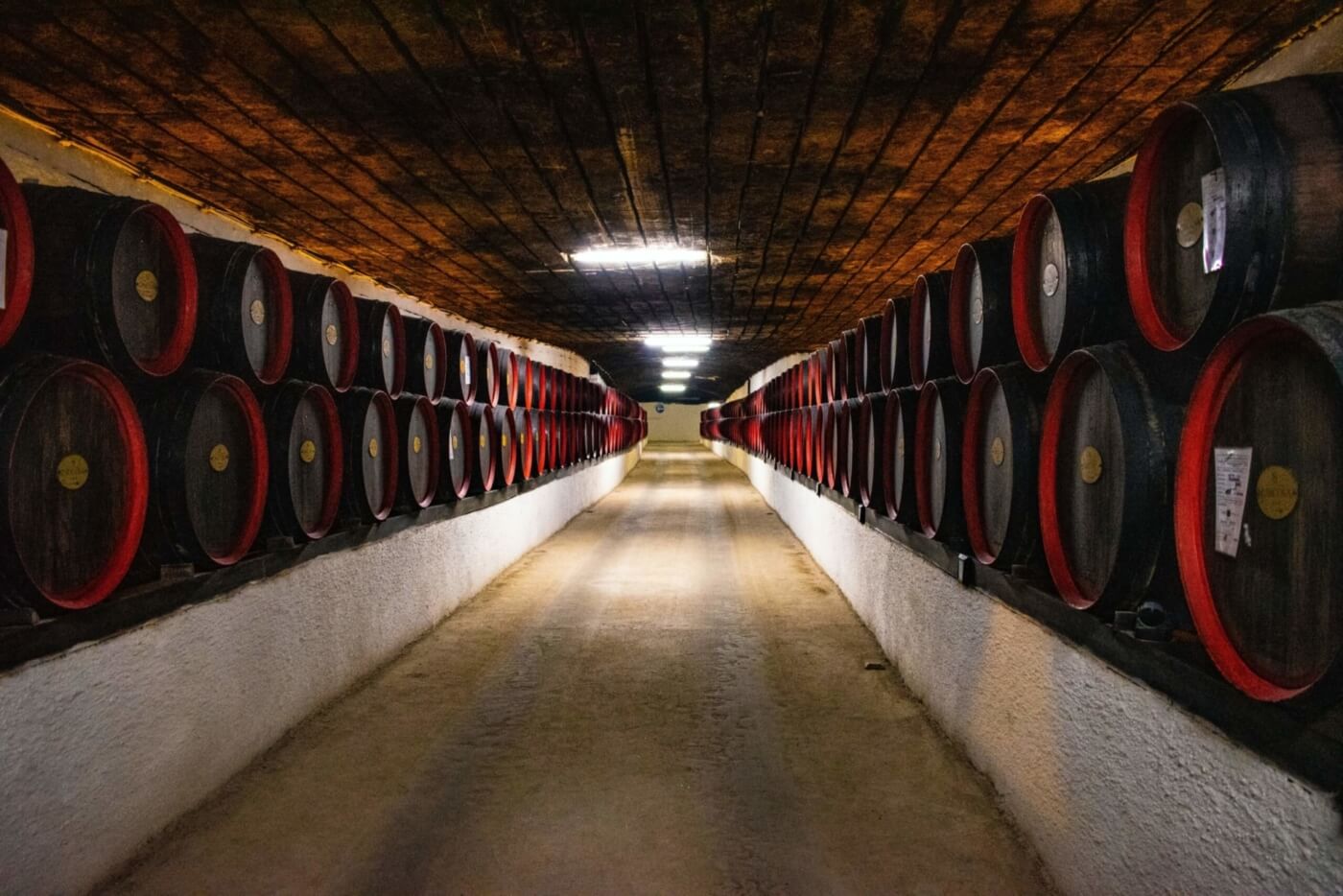The world of wine is wide and varied. Long gone are the times when fine wine was exclusive to the European powerhouses. Today, great wine comes from the most unexpected places.
The once called New World wine regions have proven once and again that their terroir is as blessed as any, but when it seems there’s nothing else to discover, you find the Uruguayan wines.
The fourth-largest wine producer in South America, Uruguay is slowly but surely gaining notoriety, not only for their wine but for the passionate winemakers and grape growers that are taking the country’s wine industry to the next level.
Uruguay, A Newcomer with an Old Soul
Uruguay shares its southern latitude with important wine regions in Chile, Argentina, South Africa, Australia, and New Zealand, between the 30° and 35° imaginary lines. Right in the wine belt's path.
With 175,015 km², the country is blessed by the eastern Atlantic winds and the southern influence of the Rio de la Plata. Still, its intricate geography creates a myriad of microclimates that allow winemakers to unleash their creativity, making wine in all styles and profiles.
With a population of over 3,500,000 people, Uruguayans consume most of their wine. Still, after strong incentives and replantings during the ’80s and ’90s, the mostly family-owned wineries in the country have today their aims on the export market.
An Insight to Uruguay’s Viticultural History
Although both Spanish and Portuguese conquerors brought vines to the Americas in their earliest travels, the region now called Uruguay saw its first viticultural efforts around 1870 with the establishment of the first experimental vineyards in the hands of viticulturists Francisco Vidiella and Pascual Harriague.
It was Monsieur Harriague who adapted the Tannat variety to Uruguay’s terroir, the most promising wine grape in the country, which still carries the Frenchman’s name.
Mirroring the fate of most vineyards on earth, Uruguay had to face the vine destructing phylloxera in 1893, which undermined the country’s winemaking efforts forcing producers to start over.
The vines were replanted and grafted on the pest-resistant American rootstocks, but the industry aimed for quantity instead of quality leading to mass-produced wine of regular quality.
It wasn’t until the second half of the twentieth century, after social, economic, and political turmoil, that the wine industry had the chance to reinvent itself following the success of neighboring Argentina and Chile and began producing wine of export quality.
Today Uruguay still struggles to find its way in the international market, but one crate at a time the inky Tannat, the country’s flagship wine, is gaining followers in every corner of the earth.
The Vines and the Grapes
Uruguay tends vines in 6,144 hectares. 82% belong to the southern Canelones department around Montevideo and the country’s capital itself, and the rest is divided amongst twelve other regions, mostly along the Uruguay’s south coast.
Tannat reigns supreme both in quantity and quality and makes for 27% of the vineyards, followed by the lesser Moscatel de Hamburgo (Muskat Trollinger) with 18%, Merlot with 11.6% and Ugni Blanc with just over 10% of the planted surface. Yet, the country hosts over 60 unique varieties from Albarinho to Pinot Noir.
Uruguay’s vineyards are still young, although wineries have been tending the land for generations. There’s an enormous potential, and the country’s wine scene is just waking up.
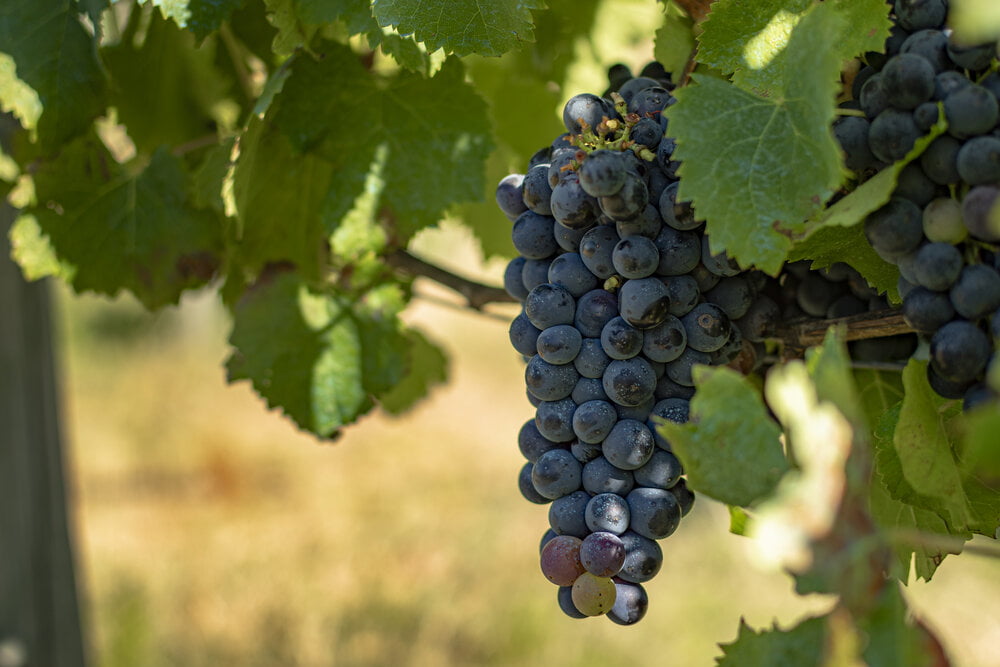
Uruguay VS The World
There’s no competition for Uruguay’s famous Tannat since the grape is overwhelmingly unique to France and the South American country. The French Tannat, found in the Madiran protected appellation, is well known for its dark color and rustic palate, and rewards drinkers only after years of cellaring.
With black fruit aromas and hints of espresso and roasted cacao beans over a tight palate, Uruguayan Tannat is more approachable than its French counterpart and enters the market as a welcoming alternative to full-bodied wines made from Cabernet Sauvignon and Malbec.
Tannat can be both approachable and contemplative, easy to drink, and collectible. And as Uruguay continues to tame the vigorous grape, we’ll all rejoice with a glass-full of gorgeous wine that has found its place on the market.
Tannat has a Place on the Table
Although Uruguay makes an extensive repertoire of fine wine, Tannat leads the country’s industry, and for a good reason, it is delicious.
Uruguayan Tannat is a beautiful partner for aged hard cheese like Manchego and aged Cheddar and feels comfortable along with grilled meat, sausages, and game.
Stews and slow-cooked meat are beautifully complemented too with the inky wine, and although structured and fruit-forward, Tannat is versatile on the table, and it’s best paired with good company. As with all things good, Uruguayan wine is meant to be shared.
The Future Looks Bright For Uruguayan Wine
Grapevines are picky and won’t grow anywhere. Only a few blessed regions in both the northern and southern hemispheres are blessed with wine grapes. Uruguay might be entering the game late, but there’s no doubt that there’s passion behind every bottle of wine. Where there’s passion, there are eager buyers.
Today you can find Uruguayan wine in China, Australia, Europe, and North America, and quality is better than ever. We’ll be seeing more of it, and it won’t only be the prestigious reds made from Tannat, but structured Cabernet, gorgeous Bordeaux Blends, Elegant Pinot Noir and enticing whites from all grapes imaginable, from Chardonnay to Viognier.
Find a bottle of Uruguayan wine near you and taste for yourself; Uruguay is the world of wine’s best-kept secret.
Subscribe to our newsletter below (STAY UP TO DATE) for more information about the beautiful wines coming from Uruguay, and to feel the enthusiasm and warmth behind this thriving new industry. Uruguayans are great winemakers, but we’re even better at making new friends!















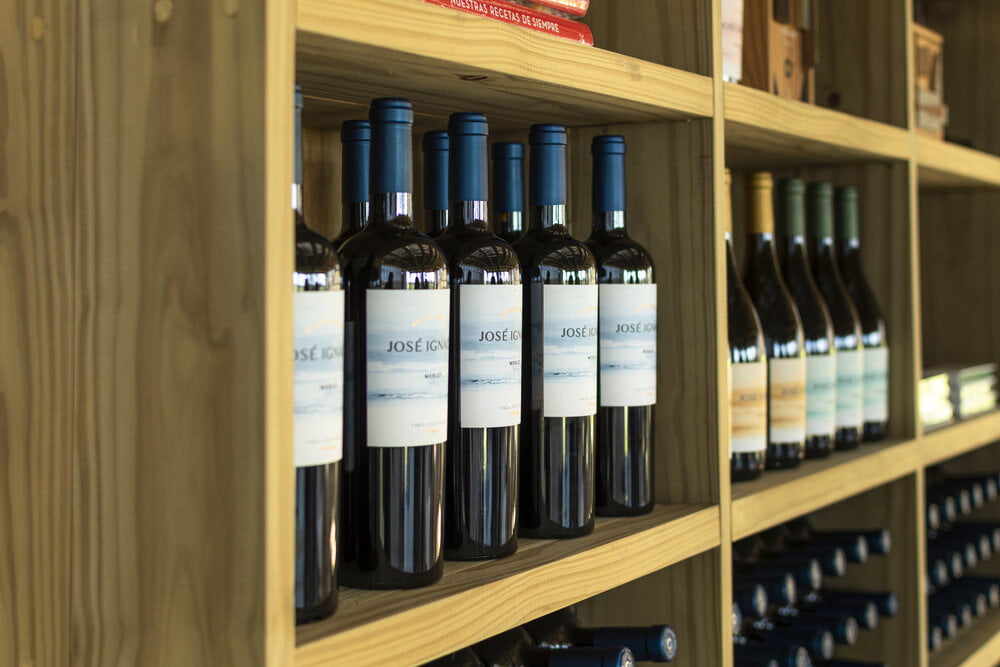
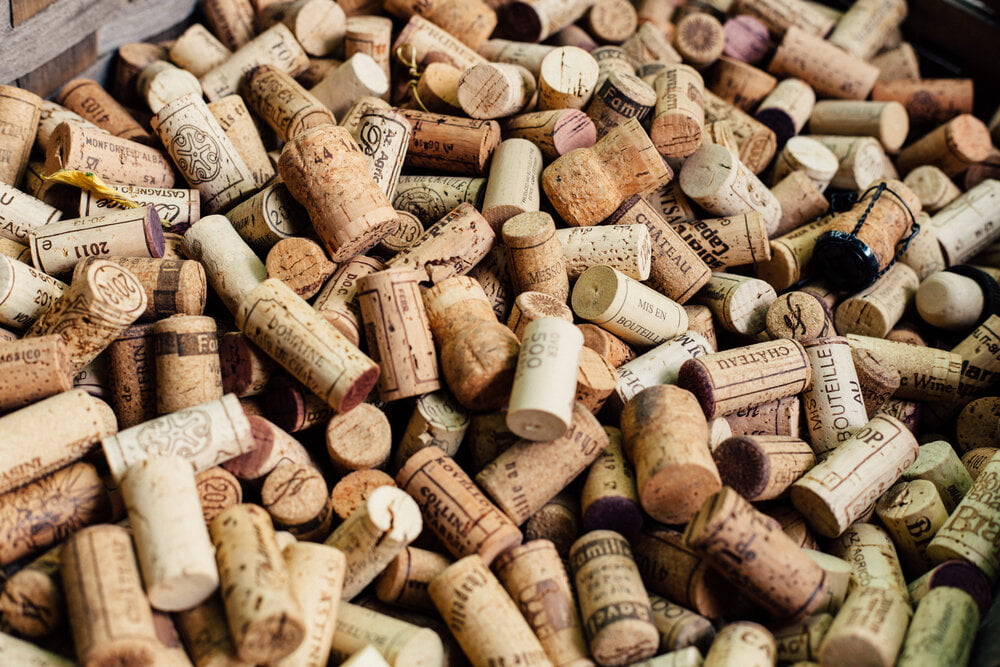

 3
3













